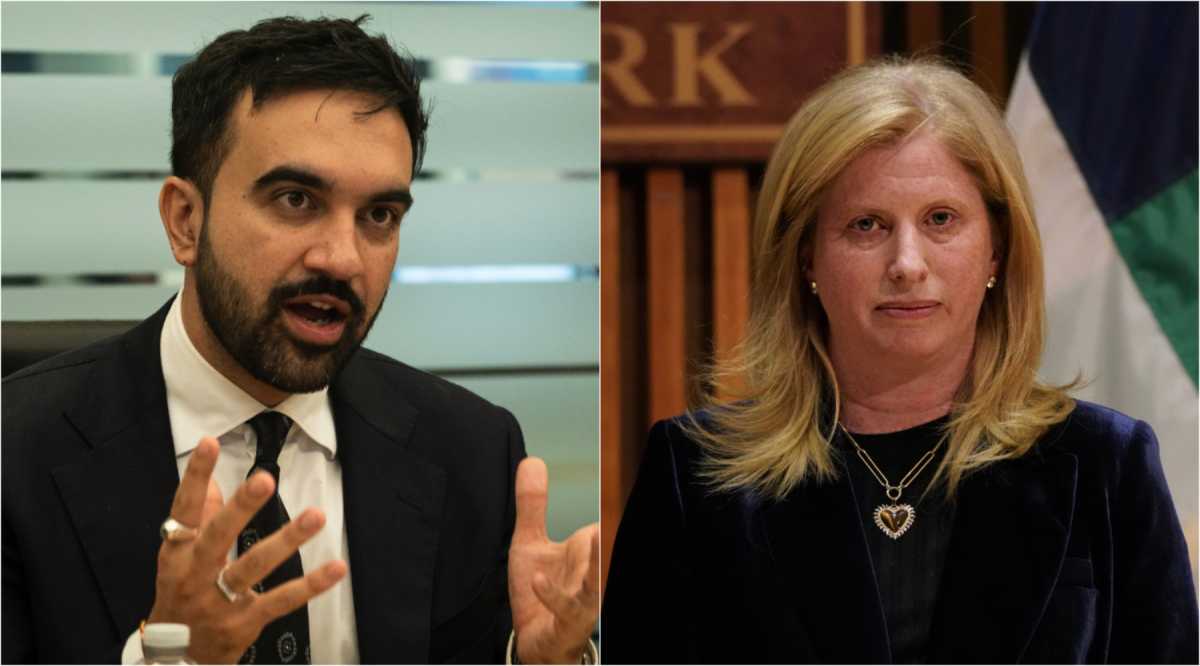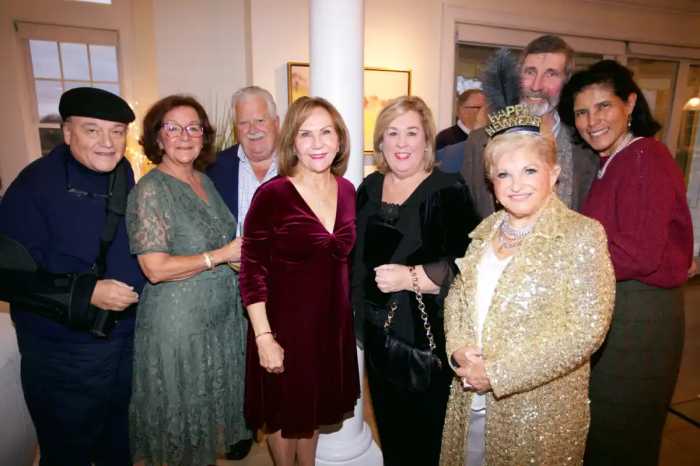Brooklyn City Council members Brad Lander, Robert Cornegy, David Greenfield, Carlos Menchaca and Mathieu Eugene were among about a dozen lawmakers in total along with parents, students and safe-streets advocates from across the city calling for a significant increase in funding for school crossing guards in the City’s FY 2016 budget.
The funds are necessary to expand the number of crossing guard positions, better target dangerous intersections, and improve working conditions. Crossing guard jobs pay poorly, are part-time, and only last 10 months per year, with workers furloughed in the summer months and forced to pay to continue their health care. As a result, the NYPD has a difficult time keeping positions filled, with hundreds of positions currently vacant.
“School crossing guards are some of New York City’s most essential workers – performing the invaluable task of keeping our kids safe as they travel to school – so it’s outrageous that we’ve been paying them poverty wages, capping their hours, and doing very little to protect the workers we trust to protect our children,” said Lander. “Across the city, students are forced to cross dangerous intersections on their walk to school that are not covered by crossing guards – a problem for our Vision Zero efforts, pre-K expansion, and efforts to create and maintain a safe city. If we don’t address this problem head on, we are continuing to put our children at risk.”
“Our School Crossing Guards work through snow, rain and heat waves; crossing not only school children but their parents and pedestrians, said Shaun D. Francois, President of Local 372, the union representing school crossing guards.” “Our members work only 10 months out of the year and are forced to pay for their health insurance over the summer. It’s no wonder why NYPD has a difficult time filling these positions but it doesn’t help that these jobs are only posted in each station house. Our members want to do more to help the Mayor but he has to help us by raising our wages, extending our hours and annualizing our health coverage. Local 372’s job is kids, but the adults need to make sure we hire more school crossing guards so that we can keep the kids safe.”
“Until our streets are effectively designed to protect children and people of all ages and until street safety laws are fully enforced, crossing guards are our last — and best — hope for keeping New York City’s kids safe in crosswalks,” said Paul Steely White, Executive Director of Transportation Alternatives.
“School crossing guards stand in for local parent in NYC’s neighborhoods, protecting some of the most vulnerable pedestrians in the city – our children – both by their actions and by the visible reminder their presence gives drivers,” said Cornegy. “As a parent and an elected official, I’m happy to add my voice to the call to increase the number of crossing guards, and to allocate this precious resource objectively.”
“School crossing guards are vital to keeping our children safe,” said Greenfield. “I am proud to have authored the law lowering the city-wide speed limit to 25 mph to protect the most vulnerable pedestrians: children and seniors. It is crucial then that we work even harder in securing more funding for those who spend their days protecting our children and safeguarding our streets. Without these guards, we are putting our children at serious risk.”
“In District 38, we are experiencing a real resource gap when it comes to crossing guards assigned to our public schools,” said Menchaca. “In Sunset Park alone, it is estimated that we would need a roughly 20 percent increase in our crossing guard budget to meet the identified need. In the spirit of Vision Zero, we must ensure that we provide funding for an adequate number of crossing guards to be paid at a living wage.
“Our school crossing guards play such a critical role in ensuring the safety of so many people – especially our City’s children – every day,” said Eugene. “These outstanding public servants need to be paid much better than they are and deserve to receive year-round health insurance benefits so that they and their families can live better. We must also develop a better process to determine where school crossing guards are needed to ensure that dangerous intersections have coverage.”








